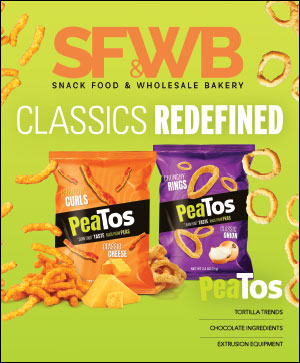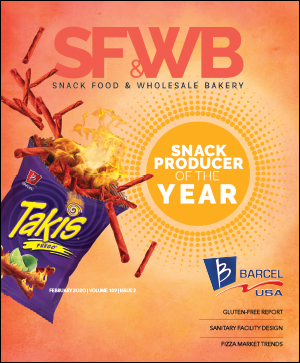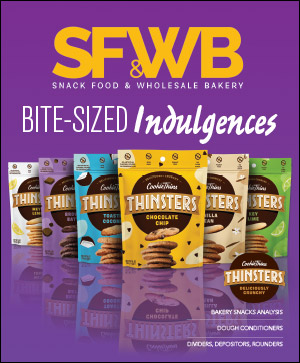Chocolate retailers to grow through 2020
High demand for premium chocolate, rising disposable income to boost industry, reports IBISWorld.


|
| Image from Lindt.com |
The chocolate retail segment (chocolate stores) is slated to grow through 2020, says the latest U.S. Industry Market Research Report from IBISWorld.
The report defines chocolate stores as stores that retail exclusively chocolate to customers, with a focus on premium and seasonal sweets. And, although IBISWorld’s report predicts that the majority of chocolates will be sold in supermarkets and retailers outside the industry, the chocolate stores industry is still expected to grow.
Rising disposable incomes and a growing demand for premium chocolate have spurred a growth in the market. The industry has done exceptionally well in the past five years because of just that, despite limited cocoa supplies and high prices. Industry operators were able to transfer the rising costs of cocoa to consumers thanks to high demand for premium chocolate and relative inelasticity regarding prices.
“Whereas demand corresponds to disposable income, selling prices correspond to the price of cocoa, the key ingredient into chocolate production,” says Amal Ahmad, analyst, IBISWorld.
The price of cocoa rose in 2010, 2011 and 2014, boosting retailer revenue. Brand name chocolate stores benefitted the most of these conditions. See’s Candies, Godiva and Lindt did well, and these three brands comprise nearly half of the industry’s revenue. Smaller stores, meanwhile, rely on local customer patronage.
IBISWorld expects revenue to grow through 2020, aided by limited cocoa supplies and the resulting high chocolate prices.
“Although the majority of chocolate will be retailed at supermarkets and other retailers outside the industry, industry operators will continue to benefit from rising disposable incomes and growing demand for premium chocolates,” says Ahmad.
Looking for a reprint of this article?
From high-res PDFs to custom plaques, order your copy today!









